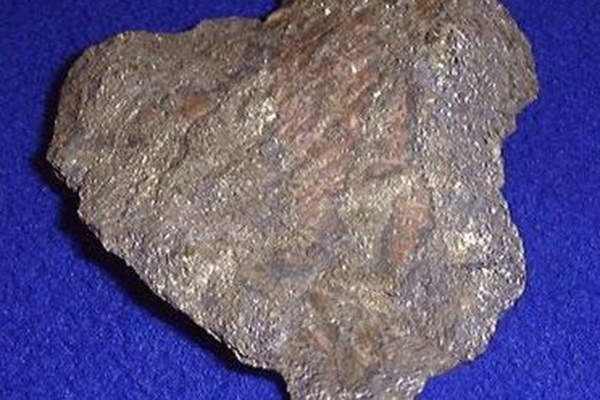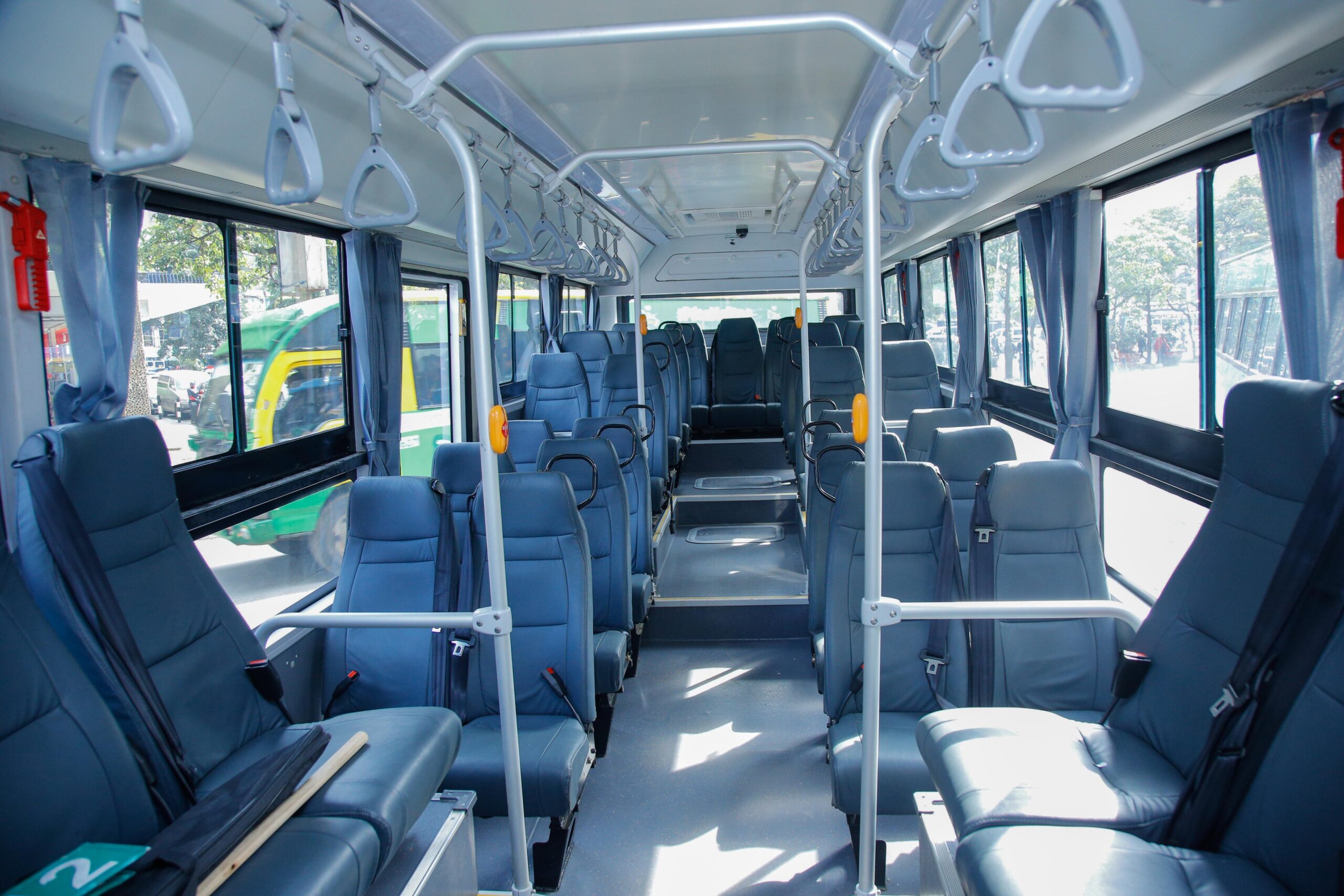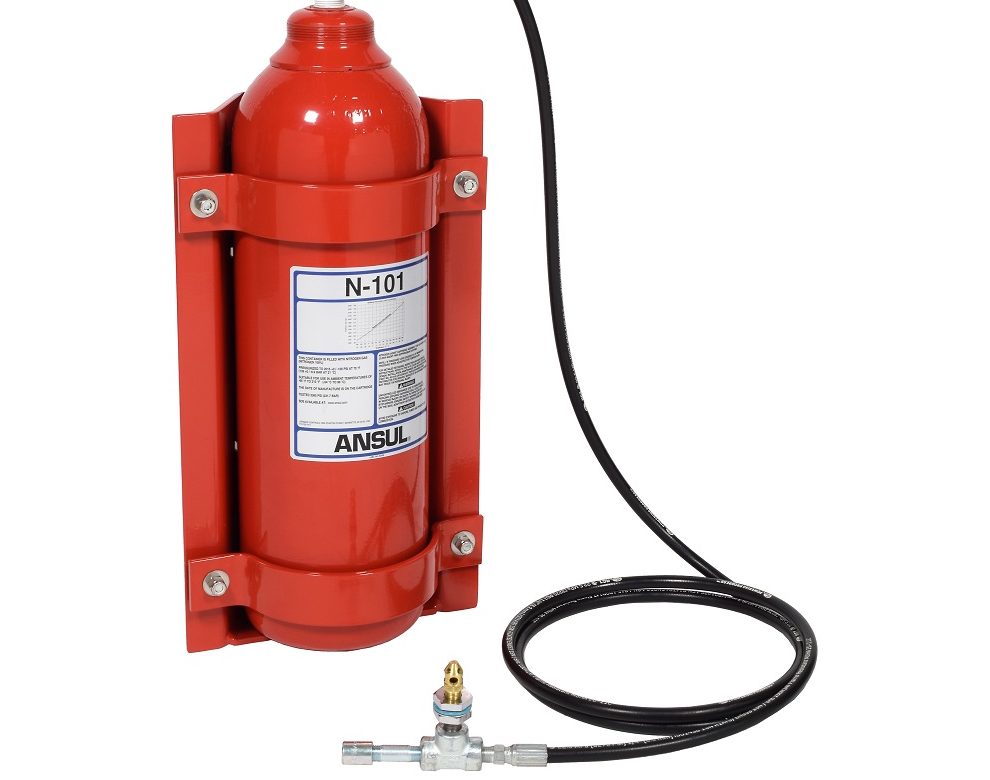
The Back River project is a greenfield gold project located in the western Kitikmeot region of Nunavut, Canada. Image: courtesy of TUBS / Wikimedia Commons.

The project is estimated to contain 19.79Mt of proven and probable ore reserves at a grade of 5.65g/t. Image is in the public domain.

Apart from the mine development, the project will include the development of the marine laydown area in southern Bathurst Inlet for supply and transport of equipment, supplies and fuel during the open-water season. Image: courtesy of Ansgar Walk.

Sabina Gold & Silver (Sabina) is developing the Back River gold project in western Kitikmeot region of Nunavut, approximately 75km southwest of Bathurst Inlet, Canada.
Acquired from Dundee Precious Metals in 2009, the project includes the development of the Goose property, the George property and a marine laydown area in southern Bathurst Inlet.
Pre-feasibility study for the gold project was completed near the end of 2013 and the feasibility study was completed in May 2015. Construction on the project is expected to begin in late 2016.
The project is expected to process ore at a rate of 6,000 tonnes a day (t/d), and produce an average of 346,000oz gold (Au) a year over its ten-year mine life.
Back River gold project details, geology and mineralisation
“The deposit encompasses seven properties totalling 120,000 acres that host known or observed gold mineralisation in banded iron formations.”
The project is located approximately 520km northeast of Yellowknife in northwest territories. It is a large, advanced stage, high-grade gold project being developed on a regional belt that has significant resource expansion and exploration potential.
The deposit encompasses seven properties totalling 120,000 acres that host known or observed gold mineralisation in banded iron formations. Of these seven properties, two properties, namely Goose and George, contain significant gold resources.
Marine laydown area will be used for transportation of equipment, supplies and fuel during the open-water season.
The Goose property consists of four main deposits namely Goose Main, Echo, Umwelt and Llama that contain predominantly structurally controlled gold mineralisation. Most of the mineralisation is contained within the lower iron formation (LIF) and underlying sediments.
The Goose Main, Umwelt and Llama deposits are closely related to anticlinal structures, which are structurally thickened and disrupted. The Echo deposit is related with gentle folding of iron formation and a cross-cutting felsic dyke.
The George site is made up of six main deposits: Locale 1 (LOC1), Locale 2 (LOC2), Slave, GH, LCP North (LCPN) and LCP South (LCPS).
Gold-bearing zones are associated with sulphide concentrations in the iron formation, and are commonly attached to increased quartz veining and attendant alteration of the surrounding rocks.
Mineralisation at the George site is contained within oxide iron formation near the stratigraphic base of the unit. Silicate iron formation found in this region also hosts less significant gold mineralisation.
Back River project reserves
As of 21 April 2015, the proven and probable ore reserves at Back River project were estimated to be 19.79Mt grading 5.65g/t Au. Contained gold is estimated to be 3.62 million ounce (Moz).
Mining and processing of ore from Back River project
Blackwater Gold Project is located 160km southwest of Prince George and 100km south of Vanderhoof in central British Columbia, Canada.
A combination of open-pit and underground methods will be applied at the Canadian gold deposit, while the majority of reserves lie in the open-pit area. The Goose property is proposed to be mined initially, followed by the George deposit. The ore mined from George will be hauled via a winter road to be processed at Goose.
The fleet to be used for the open-pit mining comprises shovels, front-end loaders, excavators and haul trucks, supplemented by drills, graders, and track and rubber-tire dozers.
The Llama, Umwelt and Goose deposits will be mined using the open-pit method and are expected to generate 9.4 million tons (Mt) of mill feed and 90.1Mt of waste during the LOM.
Seven deposits namely Locale 1, Locale 2, Lone Cow, GH, Slave, Goose and Umwelt are currently proposed to be mined by underground methods, while a few more are expected to be added to the list with the advancement of mine operations.
Long-hole open stoping (LH) method and mechanised cut-and-fill (MCF) methods are proposed to be used for underground mining. A combination of boom jumbos, long-hole production drills, load-haul-dump (LHD) vehicles and trucks will be used for the same.
The run-of-mine ore will be trucked to a 6,000t/d central processing plant at the Goose property. The process plant will use conventional crushing, grinding, gravity concentration, gold leaching by cyanidation and gold adsorption by carbon-in-pulp (CIP).
Gold will be recovered from the loaded carbon and gravity concentrate to produce doré.
Infrastructure facilities at Back River
Power supply for the Goose and George properties and the marine laydown area will be provided by on-site diesel generators.
Freshwater is proposed to be sourced from Goose Lake, George Lake and other suitable lakes in either property, and a lake near the marine laydown area. Process / operations water supply will be obtained from a combination of sources, including pumping reclaimed water from a polishing pond in the tailings storage area (TSA), and recycled water from the milling process.
Workers at the Goose property will be accommodated at a 600 person camp, while a 350 person camp will be constructed to accommodate workers at the George property. A 100 person camp will also be constructed at the MLA.
Key players involved with the development of Back River gold project
The feasibility study for the Back River gold project was prepared under the direction of JDS Energy & Mining, while SRK Consulting (Canada) prepared the preliminary economic assessment (PEA) technical report for the project.
Sign up for our daily news round-up!
Give your business an edge with our leading industry insights.




